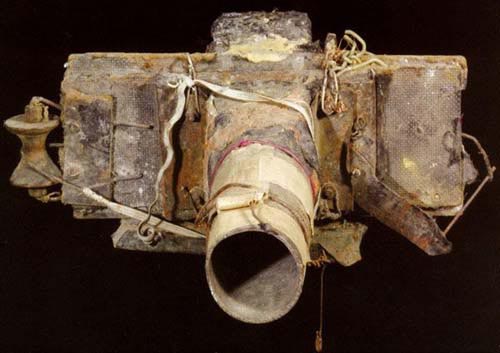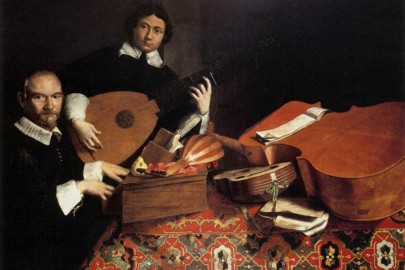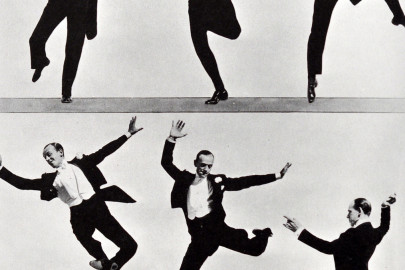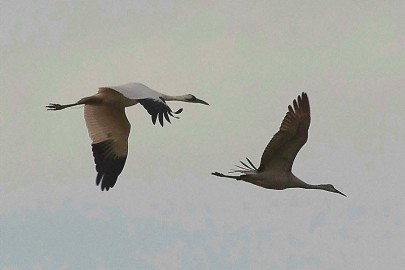This week Mahlerman turns his attention to the visual arts – the work of great photographers accompanied, as you’d expect, by some remarkable music…
Although all Dabblers dabble under the banner of Culture, an almost complete absence of it here in costal Spain invited me to consider what Culture actually is. As our strap line hints, is it everything? Or is it, as I had high-mindedly imagined, much closer to one of the many dictionary definitions that try to grasp this ball of mercury – ‘excellence of taste in the fine arts and humanities’?
It was the death of the great American photographer Eve Arnold a few days ago, just a few months short of her century of years, that set me thinking about the broader brush strokes of our culture which, after all, only exist in each of our minds. And if I could move on, and suggest that the photographic image is as much a part of our culture as Madonna’s conical bra, then I would further suggest that here at Dabbler HQ we have sold this art form rather short. Today, a small corrective.
The Poet of Prague and The Poet of the Piano in six minutes. The great Czech photographer Josef Sudek was a shy, retiring soul with an iron artistic will. The loss of an arm in the First World War would have finished lesser men, in an age when cameras did not fit into the palm of the hand but had to be dragged around. And if photography 80 years ago was about the play of light upon light-sensitive paper, then this little magician was surely the master of it, his night-scapes and impressionistic studies of his beloved Bohemian woodland bring to mind Cezanne, another post impressionist. The almost orchestral Nocturne No 13 in C minor by Chopin is played with extraordinary feeling, not by the great Pole Arthur Rubinstein as I had thought, but by Daniel Barenboim, as near to a musical genius as makes no difference.
From a musical Pole to a modern Polish master of light Andrzej Dragan, still in his early 30’s and happy to travel and work with one camera and one lens. Currently teaching quantum physics as a professor at Warsaw University, he brings a startling intensity to his portraits, and gives the lie to the notion that you need a bag full of kit to produce memorable images. The Adagio in C minor is by the virtually unknown Venetian polymath Alessandro Marcello.
Starting with a simple Kodak Brownie Box Camera, the great American pioneer and environmentalist Ansel Adams brought a musician’s sensitivity, and discipline, to a photographic career that endured into his eighties. Working mostly ‘out-doors’, and usually with expensive, large-format cameras, he studiously recorded the grave beauty of the American west, in particular the area in and around the Yosemite National Park. His almost exact contemporary Aaron Copland is often referred to as the ‘Dean of American Music’ because of his uncanny ability to speak a direct language in music, that ordinary folk can relate to and love; this coupled with, somehow, capturing the wide open spaces of that vast country in sound – and never better than here, in the touching Shaker tune Simple Gifts that formed part of his ballet for Martha Graham, Appalachian Spring.
More grave beauty in these shocking images from the last year of the American Civil War, 1865. The photographer, one Thomas C Roche, stumbling through the devastation in muddy Petersburg, was probably an army recorder who, unwittingly, was making something wonderful, but unspeakably sad. Beethoven regarded Luigi Cherubini as the greatest of his contemporaries, and it is a mystery to this writer why his music is not better known. I struggle to think of a more moving few minutes, than this short extract from his C minor Requiem. A contemporary of Chopin (above), this remarkable Italian is buried just a few feet away from his friend, in Pere Lachaise Cemetery in Paris.












And like Cezanne’s, Josef Sudek’s compositions, though seemingly effortless, are carefully and brilliantly considered. Thanks for this entry.
The photography adds so much to the music – a storyline, a focus for thought… Dragan’s striking portraits give a more profound depth and meaning to Marcello’s beautiful Adagio. One of the models even appears to be wearing Madonna’s conical bra? And Roche’s harrowing photographs are a brilliant counterpart to Cherubini’s requiem – thankfully without the nannying proviso that images of death may shock or cause alarm.
brilliant stuff yet again MM, having never heard of Cherubini I’ve just had a good blast of the requiem on my speakers and it sounds fantastic
I am new to, but delighted to have found “The Dabbler”. I consider myself to be a decent photographer, if untutored, and have only recently come to understand the real objective is “to photograph the light” rather than the scene per se. I have all the advantages of a Digital SLR with various lenses and light meters, and now ashamed of my dependence upon them have seen Sudek’s work. He could obviously feel the harmonic composition once having found the best direction of the light. I’ve yet to watch the other videos because his is so striking. I felt bound to thank you. There is a lot to be inspired by there. Thank you.
O.k I’ve now watched them all and they just got more and more impressive. You have opened a new window to this art for me and I’m grateful.. You were right in your comments about the final item, terribly moving images and music. What could have been happening in Mr.Roche’s head in such a place?, and yet the presentation lends such horror with great tenderness. Wonderful. Ansel Adams became a n almost cold architectural study by comparison. Thank you again.
Yes, brilliant stuff from MM, in its use of the unique advantages of the blog form. And thanks Brian – all the Dabblers appreciate it when a reader takes the trouble to leave such comments.
As usual a brilliant ‘son et lumiere’ contribution from MM – is there no end to the man’s talents? I’m especially grateful to him for the last item. Cherubini’s music is a perfect and moving match to Roche’s photographs of death on the battlefield, the quietly unsenational nature of which effectively point up the waste and tragedy of war; I cannot recall the last time I’ve been moved by anything as much as this perfect marriage of image and music.
I loved it all, MM, particularly the Adams/Copland; the starkness of the black and white photography adds tremendously to the overall effect. I wonder what Adams would have made of the music chosen to accompany his often breathtaking images.
Well thanks all, for a clutch of positive comments – the Roche/Cherubini combination, noted by Susan/Worm/Brian Hope and twinkletoes is indeed a very humbling experience to sit through. The Cherubini Requiem, though seemingly from another age, was written just 50 years before Roche’s bleak walk through the mud. And JH – although I could find no actual record of Adams listening to the Copland, the group of photographers (Alfred Stieglitz, Edward Weston, Walker Evans, Paul Strand, Dorothea Lange) of which he was a member, rubbed shoulders with Copland regularly, and they all must have known his music well, particularly this 1944 masterpiece.